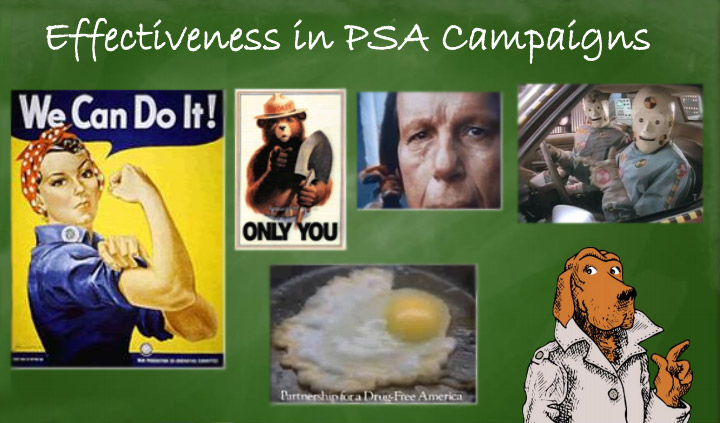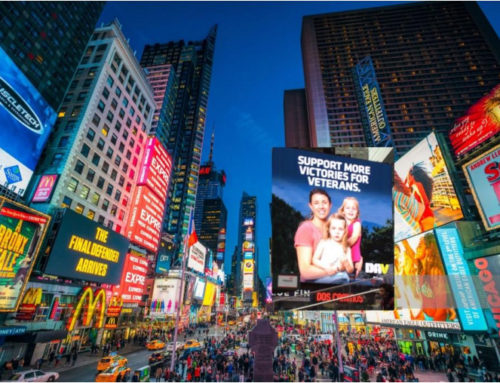PSAs should be produced the same way a commercial product ad is created, except the job is much harder, because instead of trying to sell more product or increase market share, we are normally trying to affect deeply seated public attitudes and behavior. Complete books have been written about the subject, but the following will help nonprofits avoid common mistakes when producing their PSAs and greatly increase the chance they will get used.
Q: What Are 10 Do’s for PSAs?
- Research, research, research. Do pre-campaign research on your audience, their interests, and motivations; do research among the media to determine their wants and needs and use campaign evaluation data to determine if you are meeting your campaign objectives.
- Develop a strategic plan which outlines in detail what you intend to accomplish via your campaign, the tactics you intend to employ to accomplish your goals; set realistic budgets and plan for optimal timing in terms of implementation.
- Hire a team with experience in producing PSAs to create your campaign.
- Produce a campaign that is multi-media in scope and one that uses the different inherent advantages of media.
- Offer maximum flexibility in terms of formats, sizes and lengths. This means sending the media what they want and can use (appropriate video and audio formats), different spot lengths (a broad mixture as well as live and pre-recorded messages for radio) and various types/sizes for outdoor ads.
- Produce minority materials. Remember our society is diverse in its composition and that Hispanic outlets need Spanish language material; all PSAs should use photos of diverse cultures.
- Keep the message simple, clear and concise; offer a call to action such as write for a piece of literature or call a phone number. If you use these techniques, plan to have an appropriate amount of literature available and the fulfillment mechanism in place before you release your campaign.
- Aggressively promote your campaign via blast emails, direct mail, telemarketing, or any other tactic to get the attention of the media and let them know where they can download your PSAs.
- Develop a solid distribution plan and a rationale for media selection that is based upon previous PSA usage patterns of all the media that are included in your plan.
- Find ways to involve the media in your campaign including participation in special community events, local tagging of PSAs, personalized letters to gatekeepers. And, very importantly, don’t forget to say thank you to the media which use your PSAs.
Q: What Are 10 Don’ts for PSAs?
- Don’t create “a campaign” that is based on a single execution in a single medium. Don’t try to change behavior or attitudes with a single spot or campaign; don’t try to cram too much information into a single broadcast spot or outdoor ad.
- Don’t use PSAs to try and get exposure for a controversial issue such as gun control and be very careful of using scare tactics or any approach that will make the broadcaster think twice about using your message on the air.
- Don’t produce PSAs based on the ‘one size fits all’ strategy; send the media the sizes and formats they want and can use.
- Don’t use a “talking head” in a TV PSA unless the person is incredibly powerful; don’t neglect the fact that radio wants something more than a lift of the TV spot.
- Don’t forget to include your distributor and/or evaluator in pre-campaign planning sessions. They can share tips and trend data on what works and can help you maximize effectiveness.
- Don’t distribute PSAs during the wrong time of the year such as the post-Thanksgiving holidays when PSA airtime is very scarce. Look for special events that you can use to tie into such as National High Blood Pressure Week.
- If you are using famous personalities in your campaign, don’t use those that are out of character or context with your campaign just because they are famous. Look for those whose public persona is consistent with your message or campaign objective.
- Don’t put all your eggs in one basket. PSAs are not a panacea. They are a single communications tool and need to be supported by other forms of mass communications such as publicity, community outreach, special events, etc.
- Don’t overlook your field operatives such as local public affairs staff. They should be an important part of program development and post campaign follow-up.
- Don’t collect evaluation data just for the sake of impressing your boss; use it to correct areas where you have weak exposure.







Leave A Comment